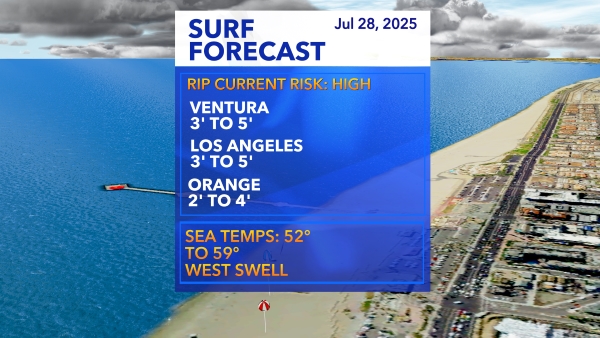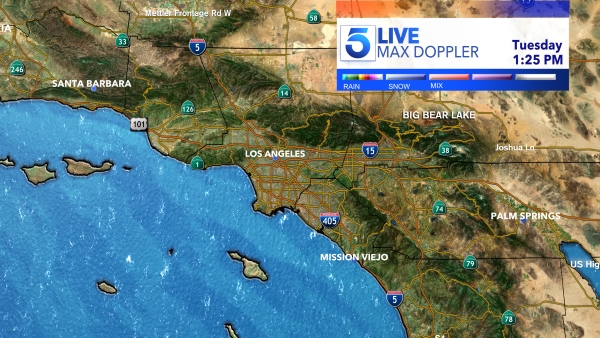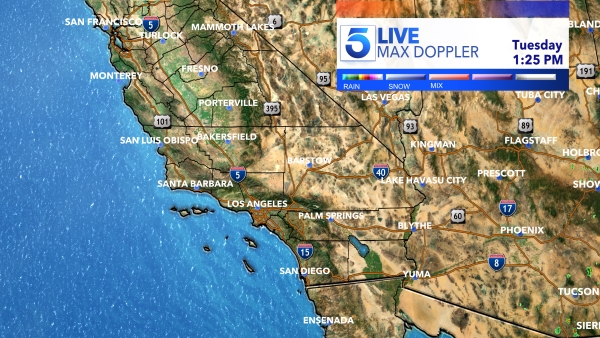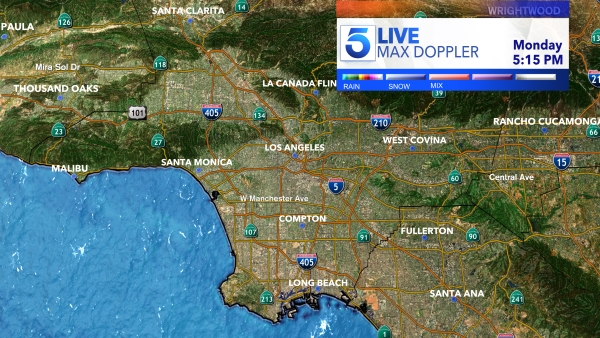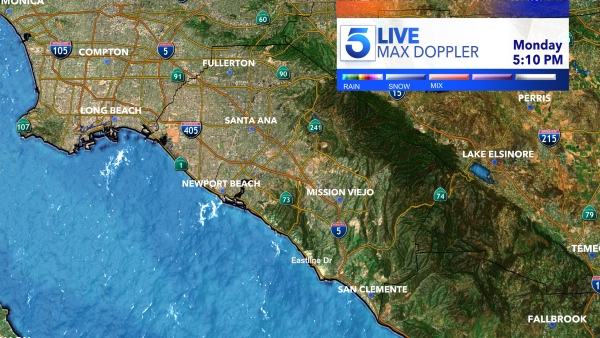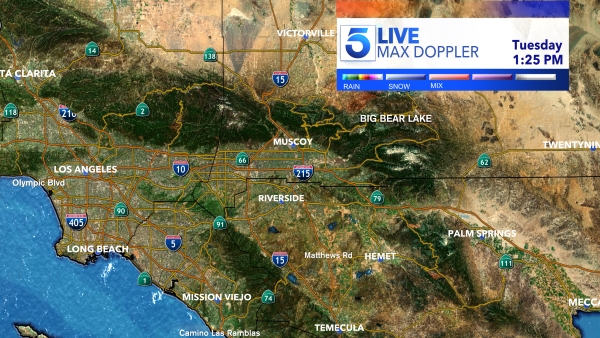As the months go on, El Niño grows stronger over the Pacific. On Thursday, national forecasters gave it a larger than 95% chance of lasting through early next year.
“Given recent developments, forecasters are more confident in a ‘strong’ El Niño event,” National Weather Service forecasters said. The odds of a historically strong El Niño are now a 2 in 3 chance.
This El Niño is expected to continue strengthening until it reaches its peak sometime in winter. That’s when the climate pattern can have the biggest effects on weather around the country.
The southern third to half of the United States, including California, is likely to be wetter this winter. (Exactly where that dividing line falls varies from year to year.) Meanwhile, the Pacific Northwest and parts of the Ohio Valley tend to be dry and warm.
Hawaii also often sees below-average rain during an El Niño fall, winter, and spring season.
But El Niño’s impacts aren’t guaranteed.

“Note that a strong El Niño does not necessarily equate to strong El Niño impacts locally,” the National Weather Service’s Climate Prediction Center wrote Thursday.
The reason is while El Niño (and La Niña) influences the type of weather we see around the country, it’s just one part of the recipe. And while meteorologists can predict with high certainty whether El Niño will be around months in advance, weather changes much more frequently, week to week and day to day. Plus, anomalies are always possible.
So while a typical El Niño pattern in your state might bring wetter weather, there’s still a chance this winter could be average for you. Or perhaps it will be stacked up to be a wet winter over time, but some weeks will be bone dry.
Only time will tell what El Niño brings this year. It’s a change from the past three winters, which were back-to-back La Niña years.
